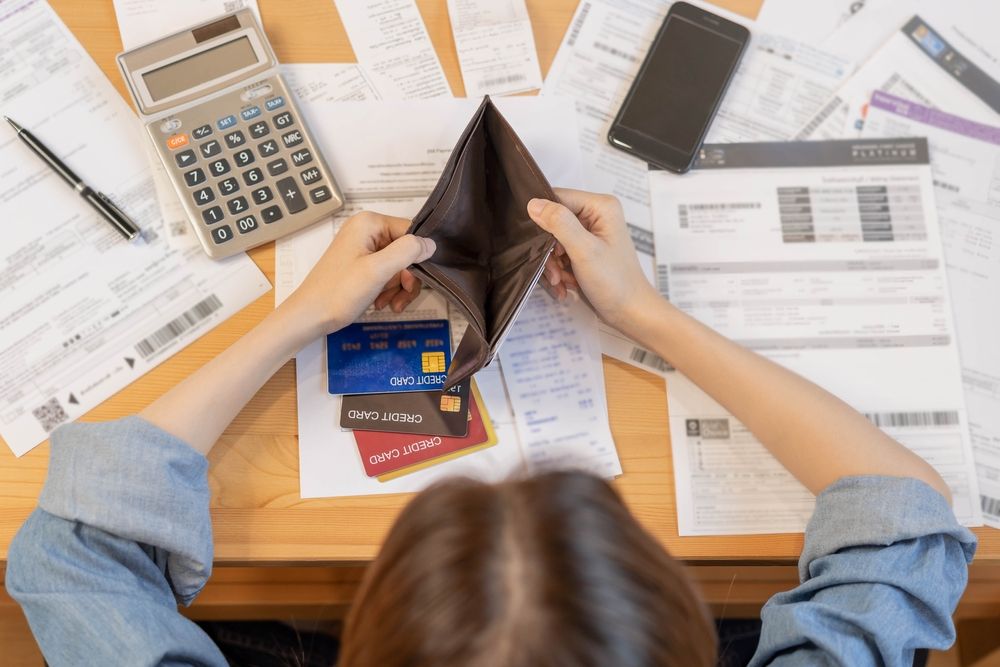
When you’re in a financial pinch, payday loans can seem like a quick fix to your problems. The promise of immediate cash is alluring when you’re faced with an unexpected expense or a temporary shortfall in funds. However, what isn’t immediately apparent are the hidden costs associated with this type of borrowing. These costs can trap borrowers in a relentless cycle of debt that is anything but easy to escape. In this article, we’ll explore the hidden costs of payday loan debt and provide strategies for breaking free from this burdensome cycle.
Understanding the True Cost of Payday Loans
Payday loans are typically marketed as short-term solutions to financial emergencies. Borrowers are attracted to them because they offer quick cash with minimal credit checks. However, these loans come with exorbitant interest rates and fees. The annual percentage rate (APR) for payday loans can exceed 400%, a stark contrast to the rates of traditional bank loans or credit cards. This high cost of borrowing means that a substantial portion of your next paycheck will go towards repaying the loan, leaving you in a position where you may need to borrow again to make ends meet.
The Debt Trap Phenomenon
One of the most insidious aspects of payday loans is the debt trap they often create. When a borrower can’t repay their loan by the due date, they may be forced to roll over the loan into a new one with additional fees. This cycle of rollovers can quickly escalate, with the borrower accruing more debt than they can feasibly repay. The debt trap can lead to a domino effect of financial hardships, including overdraft fees, additional borrowing, and even bankruptcy.
The Emotional Toll of Payday Loan Debt
The financial strain of payday loan debt is not just a matter of dollars and cents; it can also take a significant emotional toll on borrowers. The stress of trying to break free from the cycle of debt can lead to anxiety, depression, and a sense of hopelessness. This emotional burden can affect a borrower’s work, relationships, and overall well-being, making it even more challenging to overcome their financial situation.
Alternatives to Payday Loans
Thankfully, there are alternatives to payday loans that can help you avoid the high costs and the debt trap. These options include seeking help from credit unions, which may offer payday alternative loans (PALs) with much lower interest rates. Community assistance programs, payment plans with creditors, and borrowing from friends or family are other avenues to consider. Additionally, creating a budget and building an emergency fund can provide a buffer against the need for any high-cost borrowing in the future.
Escaping the Payday Loan Cycle
Breaking free from payday loan debt requires a strategic approach and a commitment to making changes to your financial habits. One of the first steps is to stop the cycle of borrowing by not taking out any more payday loans. This may require cutting expenses, finding additional sources of income, or negotiating with your current lenders. Debt consolidation and credit counseling services can also be valuable resources in creating a plan to pay off your debts and regain financial stability.
While payday loans may seem like an easy solution in a financial crunch, the hidden costs can lead to a dangerous cycle of debt. Being aware of these costs and understanding the alternatives can help you make more informed decisions about borrowing. If you find yourself caught in the payday loan cycle, take heart; there are strategies and resources available to help you escape. With careful planning and the right support, you can overcome payday loan debt and move towards a more secure financial future.
